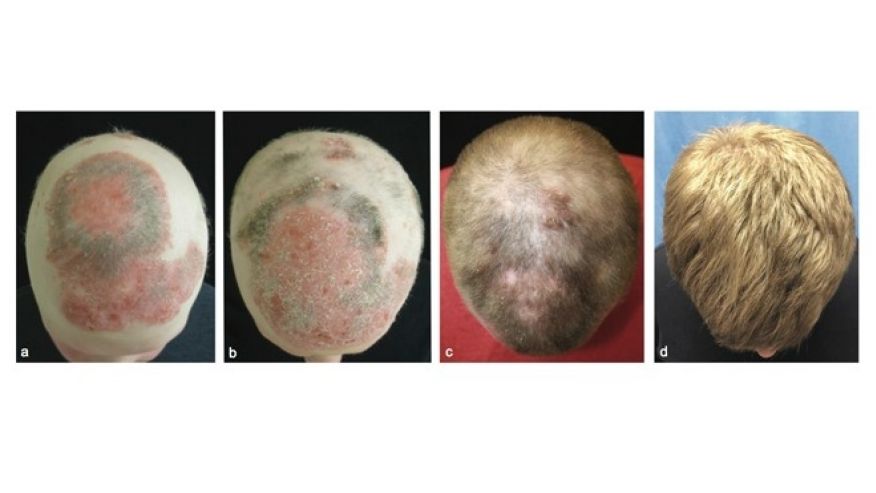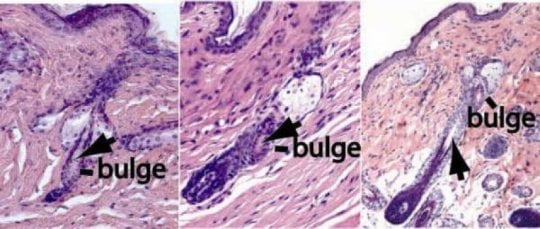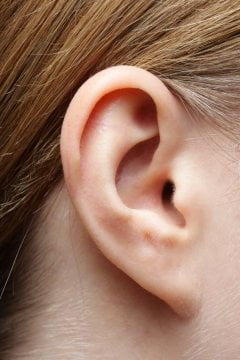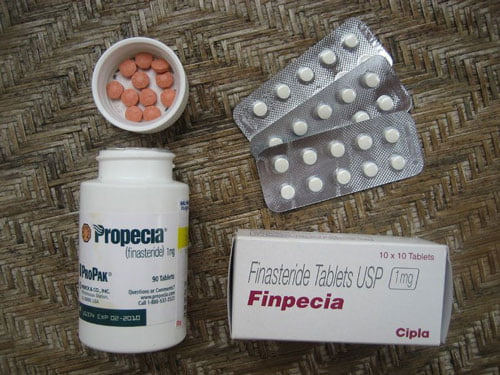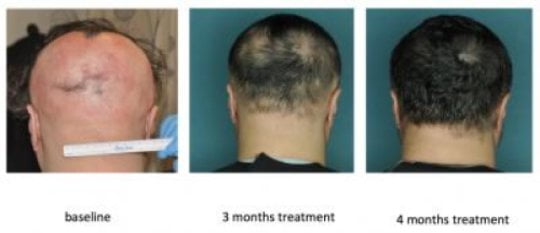
SAN FRANCISCO — A gluten-free diet was associated with lower insulin demand and lower glycated hemoglobin (HbA1c) in newly diagnosed nonceliac pediatric patients with type 1 diabetes(T1D), according to study results presented at the American Diabetes Association 79th Scientific Sessions, held June 7 to 11, 2019, in San Francisco, California.
Researchers aimed to test whether a gluten-free diet could decelerate the decline in beta-cell capacity in newly diagnosed nonceliac pediatric patients with T1D. The nonrandomized self-selected intervention trial enrolled 46 pediatric patients, age 10.2 ± 3.3 years. Of the total patients enrolled, 26 started with a gluten-free diet and 20 were kept on a standard diet.
Researchers looked for a decline in C-peptide area under the curve in mixed-meal tolerance tests, as well as the differences in insulin dose, insulin dose-adjusted A1c, and HbA1c over a 12-month period. Adherence to a gluten-free diet was tested by immunoreactive gluten in patient stool samples and further data was analyzed as intention-to-treat by linear regression models.
Results showed a mean decrease in C-peptide area under the curve, with 293 vs 484 pmol/L (P =.3) at 6 months and 567 vs 919 pmol/L (P =.10) at 12 months in the gluten-free diet and standard diet groups, respectively. The gluten-free diet group showed lower insulin dose by 0.22 U/kg/d (P =.007), lower insulin dose-adjusted A1c by 1.5 (P =.003), and lower mean HbA1c by 7.5 mmol/mol (P =.01) at 12 months.
Immunoreactive gluten was found in the stool of 3 patients and there was no difference in daily carbohydrate intake between the gluten-free diet and standard diet groups (P =.40).
[“source=endocrinologyadvisor”]


